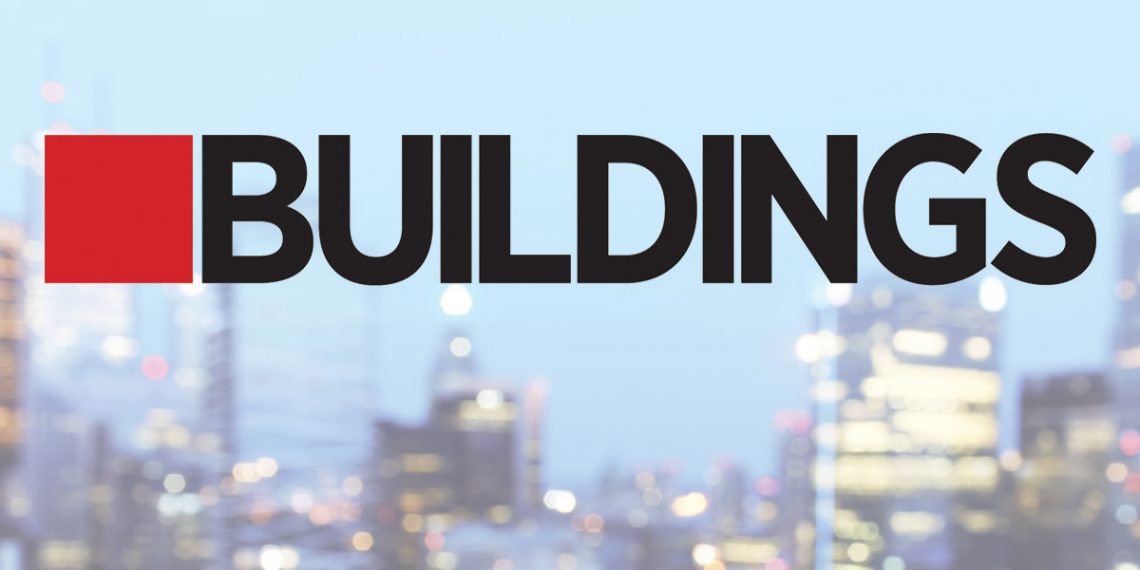Alphagraphics, a printing company in Nashua, NH, works out of a three-story, 29,000-square-foot building that underwent a thermal upgrade consisting of HVAC upgrades, air sealing and an insulation retrofit through New Hampshire’s Better Buildings Program, funded by the DOE’s Better Buildings Neighborhood Program.
Using spray foam in the building’s attic among these other thermal improvements, the roughly $30,000 retrofit project (pre-rebate) now saves the building 15.6% in annual energy usage and provides an estimated electricity savings of nearly 30,000 kWh each year.
Improving your building’s insulation can help your building cut back on energy costs considerably, as it has at Alphagraphics. What do you need to know when considering an insulation retrofit for your facility?
When to Retrofit Insulation
The obvious benefit to installing new insulation in a building is that it improves thermal performance in a building. Insulation that has a high R-value, allows minimal air filtration, does not settle and is UV stable will typically provide peak performance, according to the North American Insulation Manufacturers Association’s Insulation Institute. Installing insulation in your building with these attributes will cut back energy expenditure and reduce your building’s carbon footprint.
Other added benefits include the potential for better acoustics, occupant comfort and fire protection. The right insulation can reduce noise pollution in buildings and ultimately increase worker productivity. Furthermore, it can prevent moisture from disrupting consistent indoor temperatures and prevent facilities from extensive fire damage.
The main reason you might consider an insulation retrofit is because either you have no existing insulation or what you do have is inadequate. If insulation is old, does not work optimally or poses some kind of health issue, an insulation retrofit makes sense. Moreover, if you have changed your HVAC system in any way, it must be compatible with the insulation. This is why many HVAC upgrades also come with an insulation retrofit to optimize its thermal performance.
However, not every building will need an insulation retrofit to address thermal energy issues. The National Renewable Energy Laboratory explains, “The insulation of the envelope is much more important in heating-dominated climates – it may not be cost-effective to add insulation to cooling-dominated buildings.”
In environments like these where thermal control is the main concern, other strategies like preventing solar heat gain via radiation in windows with films or coatings might be a more effective approach based on your goals.
Exterior Insulation
To insulate your building, you can approach it from the exterior or the interior. One of the main benefits of tackling an insulation retrofit on the exterior of buildings is that it provides continuous insulation around the envelope of the building.
“To create continuous insulation spanning the enclosure, installation on the outside of the wall assembly is the most effective,” explains NREL. “Interior options are viable, although they provide slightly lower energy savings.”




